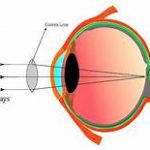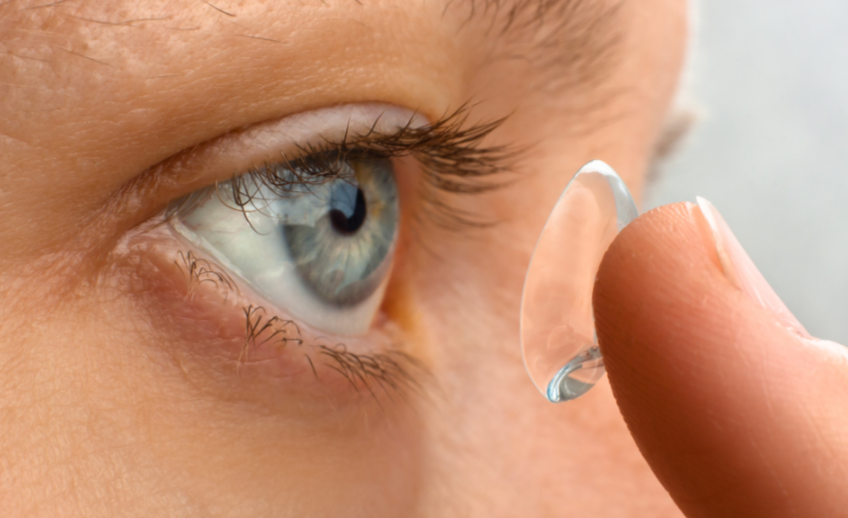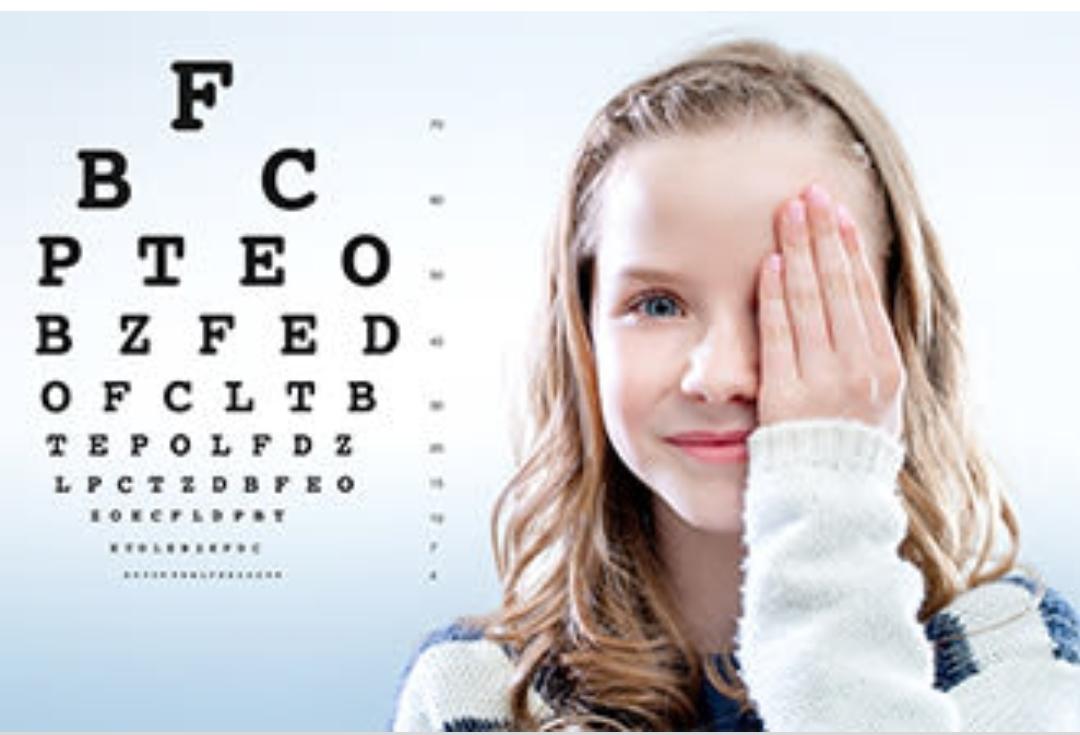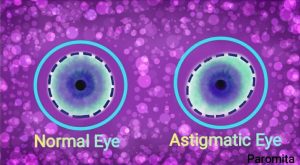Low vision cause , before starting the discussion in very short, I tell you that , ~what is a low vision ?
~How low vision effect in our daily life?
Including with I also discuss what are the main cause of low vision and the type of low vision, and which disease are related to this problem, and what are the solution method of the problem.
So, you understand how important topic I will discuss today, and after the discussion you will get such amazing affect and knowledge from it.
So, go through the topic very carefullcarefully.
~~In your surrounding you noticed that few people are complained like that, they are not able to see things in front of them (centre) . Few people are complained that, they are not being to able to see things out of the corners of their eyes. Some people are not able to see in low light. “Blurry or hazzy vision ” —these types of all the factors are the problems of low vision.
Cause of Low vision in Adult
~ ARMD (Age Related macular Degeneration)
~ Diabetes
~ Glaucoma
~ Low vision also result from cancer of the eye
~ Albinism
~ Brain injury.
Low vision person are not as blind person. Blind person are not able to see anything. But a low vision person may be able to see not only light but also colour and shape too.
But they have trouble to reading marking arrow which indicate the direction in the street which act like street signs, they are also facing problems to recognize faces, or matching colours to each other.
Cause of Low vision for children
~ Nystogmus
~ Optic atrophy
~ Optic nerve hypoplasia
~ CVI
Some times structural abnormalities affecting any part of the eye, from front to back, many contribute to pediatric low vision.
Cause of Low vision for young adult
~ Albinism
~ Cataract
~ Pediatric gloucoma
~ Nystogmus
~ High reflection error
~ Trauma
~ Retinal and optic nerve abnormalities.
Amblyopia Lazy eye causing low vision due to lack of lazy eye causing low vision due to lack of proper development of eyes and visualproper development of eyes and visual system during childhood system during childhood Vision loss may be mild to severe vision loss may be mild to severe Treatment: possible if the child is brought treatment: possible if the child is brought to hospital before 10 years of age.
What is the main cause of low vision?
Some of the most common causes of low vision include age-related macular degeneration, diabetes, and glaucoma. Low vision may also result from cancer of the eye, albinism, brain injury, or inherited disorders of the eye including retinitis pigmentosa.
Magnifying Spectacles. Magnifying spectacles are worn like eyeglasses, and help you see better for tasks like reading, threading a needle, stitching, etc. …
Stand Magnifiers. …
Telescopes. …
Video Magnifiers.
Non-optical low vision devices
Devices may include illumination devices such as lamps and reading stands, check registers, writing guides, bold-lined paper, needle-threaders, magnifying mirrors, high contrast watches, and large print items such as books.
What type of low vision devices are given to glaucoma patients?
These aids can be optical lenses, such as magnifiers or telescopes, or nonoptical devices, such as visors, filters, reading slits, stands, lamps, and large print.
Reading telescopes.
These low vision devices often are mounted on the lenses of eyeglasses and provide high magnification while allowing the wearer to view reading material from a normal distance. Again, some training is needed to use these devices properly, but reading telescopes often are very helpful.
The most common types of low vision are:
Central vision loss (not being able to see things in the center of your vision)
Peripheral vision loss (not being able to see things out of the corners of your eyes)
Night blindness (not being able to see in low light)
Blurry or hazy vision.
From the above discussion, we got a very short and very important knowledge. So, if you or in your surrounded area, anyone suffering from such type of this like, Nystogms, Optic atrophy, Optic nerve hypoplasia, CVI, Albinism, Cataract, High refraction error, Trauma by Foreign particle, ARMD, Brain injury then don’t neglect it, as soon as possible discuss with an eye specialist ( Ophthalmologist/ Optometrist) who give the actual solution for this to be a concern and be safe.










